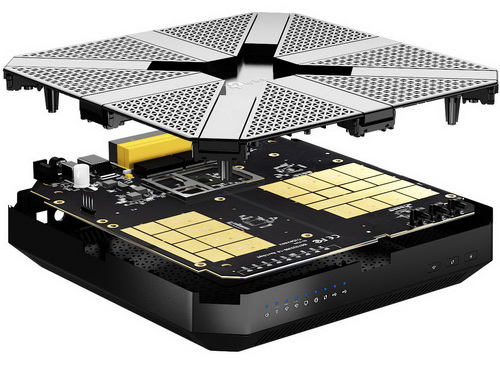CONCLUSION

TP-Link may not be the first name to come in mind when people talk about high-performance network equipment but thanks to the original Archer C5400 and the V2 version now they are definitely on the right track for that. This is not so much due to the single-link performance of the Archer C5400 V2 since from all our tests it only excelled in Passmark’s network test but rather because of its ability to connect with numerous wireless devices without any issues whatsoever (thanks to its Tri-Band feature) and also use link aggregation (a very rare feature which can help increase performance under heavy loads if your system supports it that is). USB 3.0 performance is actually quite good as you can all see but just like with most modem/routers in the market it’s nowhere near to what we’ve gotten used to by Linksys and their models (they keep dominating those charts). As for its web interface it’s without doubt among the most detailed ones we’ve ever encountered and with enough features to easily cover even the most demanding users. Finally when it comes to changes between V1 and V2 yes we would expect something more than what TP-Link has added but at the same time even that is better than nothing at all.
Currently the Archer C5400 V2 Tri-Band MU-MIMMO Gigabit Router by TP-Link retails for USD250.27 in the USA (Amazon.com) and 213Euros inside the EU (Amazon.co.uk) a price tag which makes it one of the most affordable (if not the most affordable) AC5400 routers in the market today. Granted its wireless performance could be better but it still is a tri-band, feature-rich router capable of covering most consumers out there and since it’s also very affordable it certainly deserves our Golden Award.

PROS
- Build Quality
- Design
- AC5400 Technology (Concurrent 802.11n & Dual 802.11ac)
- Features (Beamforming, MU-MIMO And Tri-Band Technology)
- 8 High Gain Antennas
- Web Interface
- 4 Gigabit Ethernet Ports With Link Aggregation
- USB 3.0 Port & USB 2.0 Port
- Price (For Some)
CONS
- Wireless Performance (Compared To Other High-End Models)
- USB Performance (Compared To Linksys Models)

 O-Sense
O-Sense







.png)

